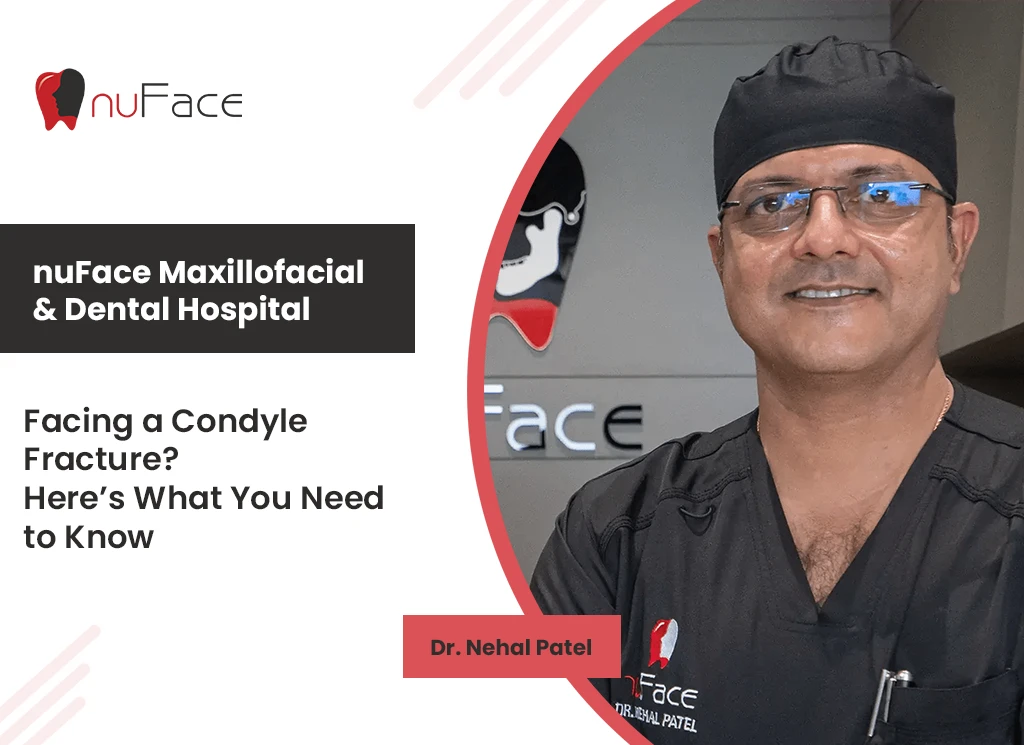When dealing with Facial trauma, condyle fractures are among the most complex and significant injuries. These fractures occur in the mandibular condyle, the rounded end of the jawbone that connects to the skull, playing a crucial role in jaw movement and function. Understanding the intricacies of condyle fractures, their treatment, and recovery is vital for oral and maxillofacial surgeons and dental professionals. This blog aims to provide comprehensive insights into condyle fractures, their implications, and the best practices for treatment and recovery.
Understanding Condyle Fractures
Condyle fractures, a subtype of mandibular fractures, can significantly impact jaw function, leading to issues such as pain, limited movement, and even permanent jaw misalignment if not treated properly. These fractures are categorized based on their location and severity:
- Intracapsular fractures: Occur within the capsule surrounding the joint.
- Extracapsular fractures: Occur outside the joint capsule.
- Displaced fractures: The bone fragments are misaligned.
- Non-displaced fractures: The bone remains aligned despite the fracture.
Symptoms of a Condyle Fracture
Identifying a condyle fracture involves recognizing several key symptoms:
- Pain in the jaw and near the ear
- Difficulty in opening the mouth
- Swelling and bruising around the jaw
- Misalignment of the teeth (malocclusion)
- Audible clicking or popping sounds when moving the jaw
These symptoms necessitate a thorough clinical and radiographic examination to confirm the diagnosis and plan appropriate treatment.
Why is Specialist Care Important?
Treating condyle fractures requires an in-depth understanding of the TMJ and facial anatomy. Dr. Nehal Patel, one of the few maxillofacial surgeons in India specializing in TMJ arthroscopy and orthognathic surgery, emphasizes the need for specialized treatment. “The complexity of mandibular condylar fractures demands a tailored approach to ensure proper healing and functionality,” he said.
Treatment Approaches for Condyle Fractures
The treatment of condyle fractures is highly specialized and depends on the type and severity of the fracture, as well as the patient’s overall health. Here are the primary approaches:
Non-Surgical Treatment
For non-displaced fractures or minor injuries, non-surgical management is often preferred. This includes:
- Rest and immobilization: Using a soft diet to minimize jaw movement.
- Analgesics and anti-inflammatory medications: To manage pain and swelling.
- Physical therapy: To restore jaw function progressively.
Surgical Treatment
Displaced fractures or cases where non-surgical treatment fails require surgical intervention. Techniques include:
- Open Reduction and Internal Fixation (ORIF): Involves repositioning the bone fragments and securing them with plates and screws.
- TMJ Arthroscopy: A minimally invasive procedure where an arthroscope is used to visualize and repair the joint. Dr. Nehal Patel, an expert in TMJ arthroscopy and one of the few specialists in India, performs this advanced technique.
Importance of Specialized Care
Receiving care from an experienced oral and maxillofacial surgeon, such as Dr. Nehal Patel, is crucial for optimal outcomes. Dr. Nehal Patel’s expertise in TMJ arthroscopy and orthognathic surgery ensures precise diagnosis, effective treatment, and comprehensive rehabilitation.
Recovery and Rehabilitation
Post-treatment, patients undergo a structured rehabilitation program to regain full jaw function. This includes:
- Jaw exercises: To improve mobility and strength.
- Regular follow-ups: To monitor healing and address any complications.
- Dietary adjustments: Gradual transition from a soft to a regular diet.
Conclusion
Condyle fractures demand meticulous care and expertise. Whether through non-surgical methods or advanced surgical interventions like TMJ arthroscopy, the goal is to restore function and alleviate pain. For oral and maxillofacial surgeons and dental professionals, staying informed about the latest treatment protocols and referring patients to specialists like Dr. Nehal Patel can significantly affect patient outcomes.






